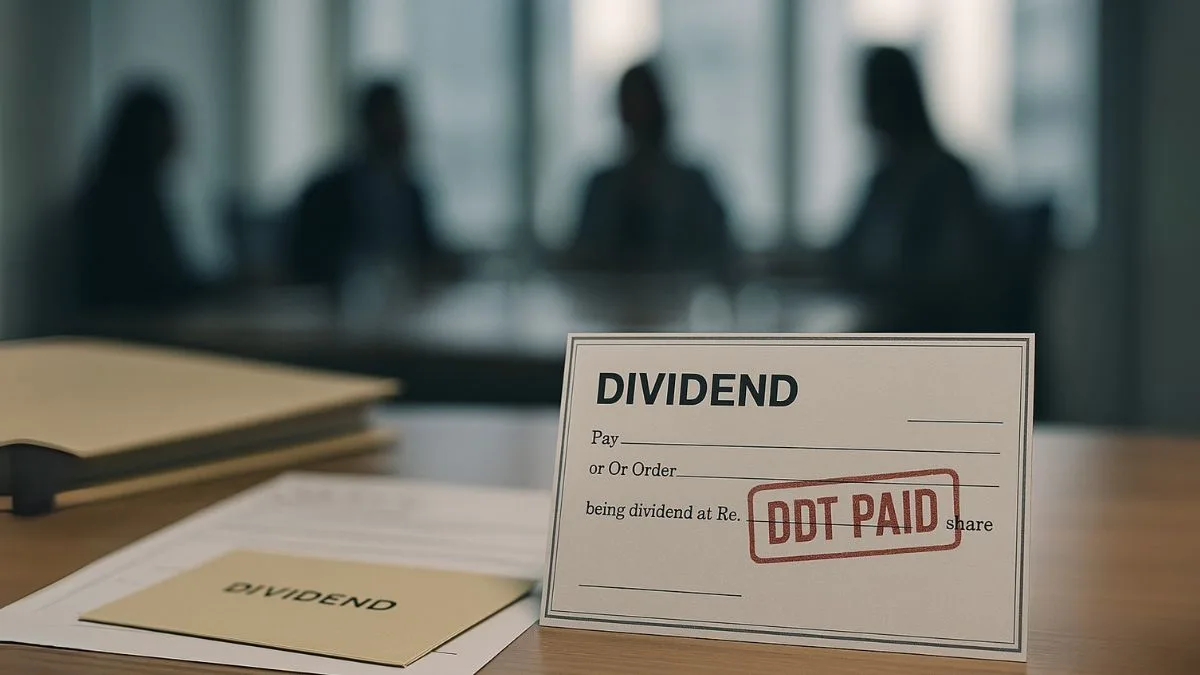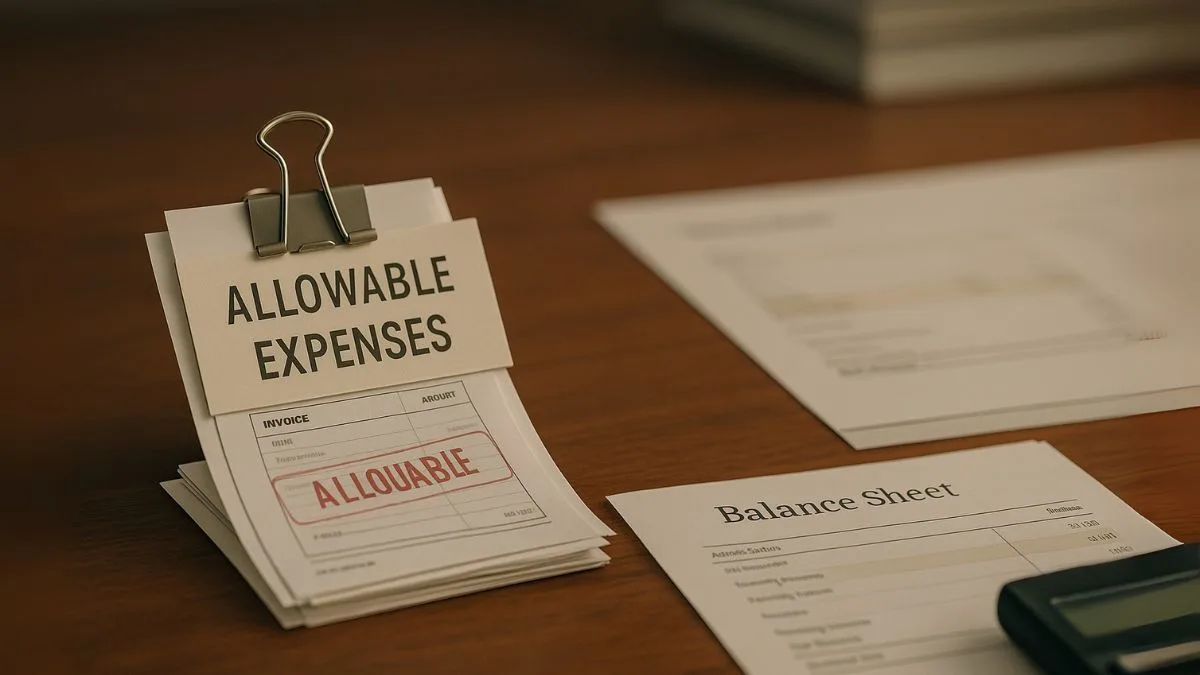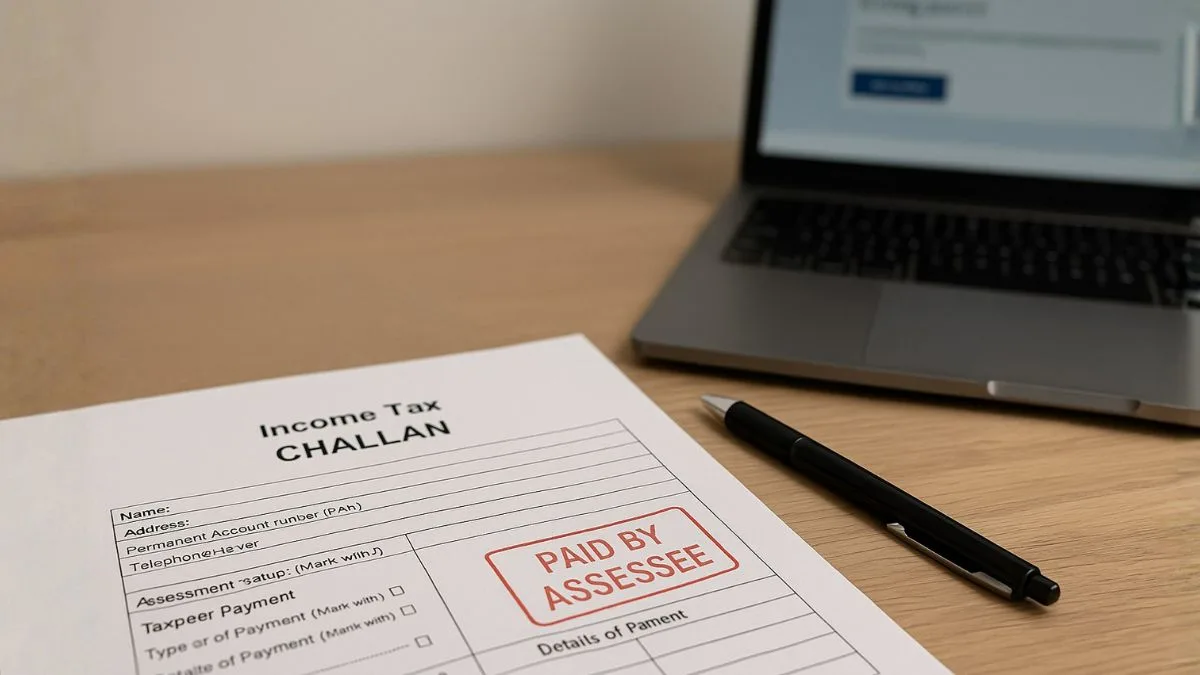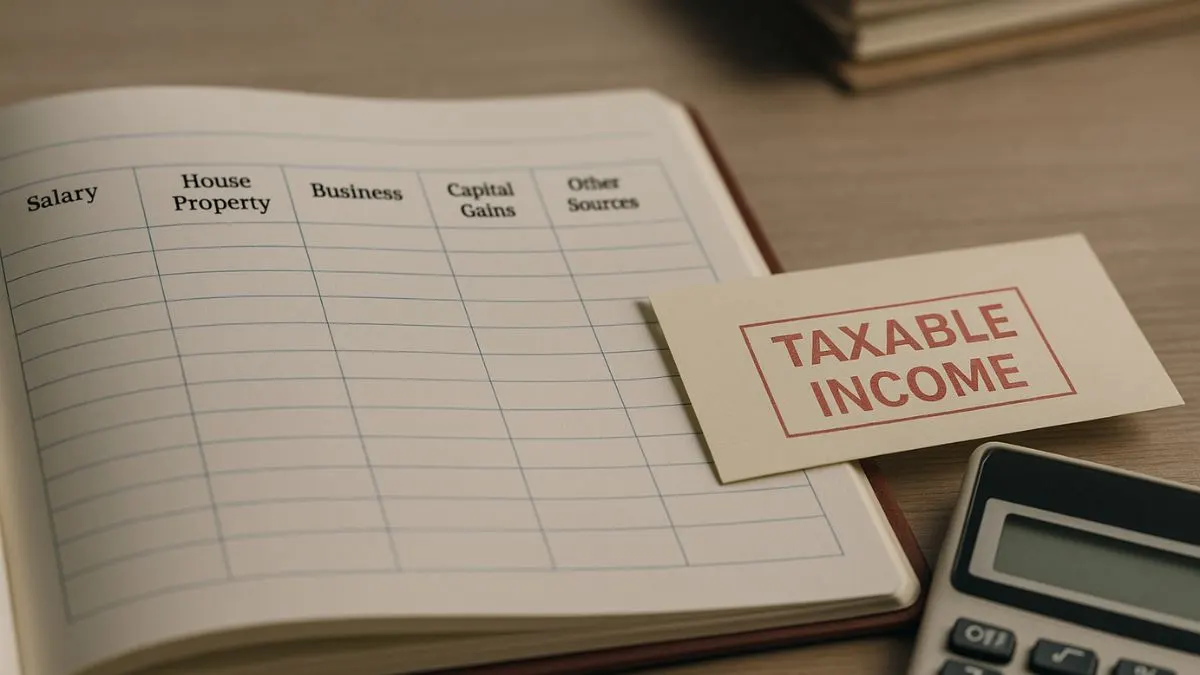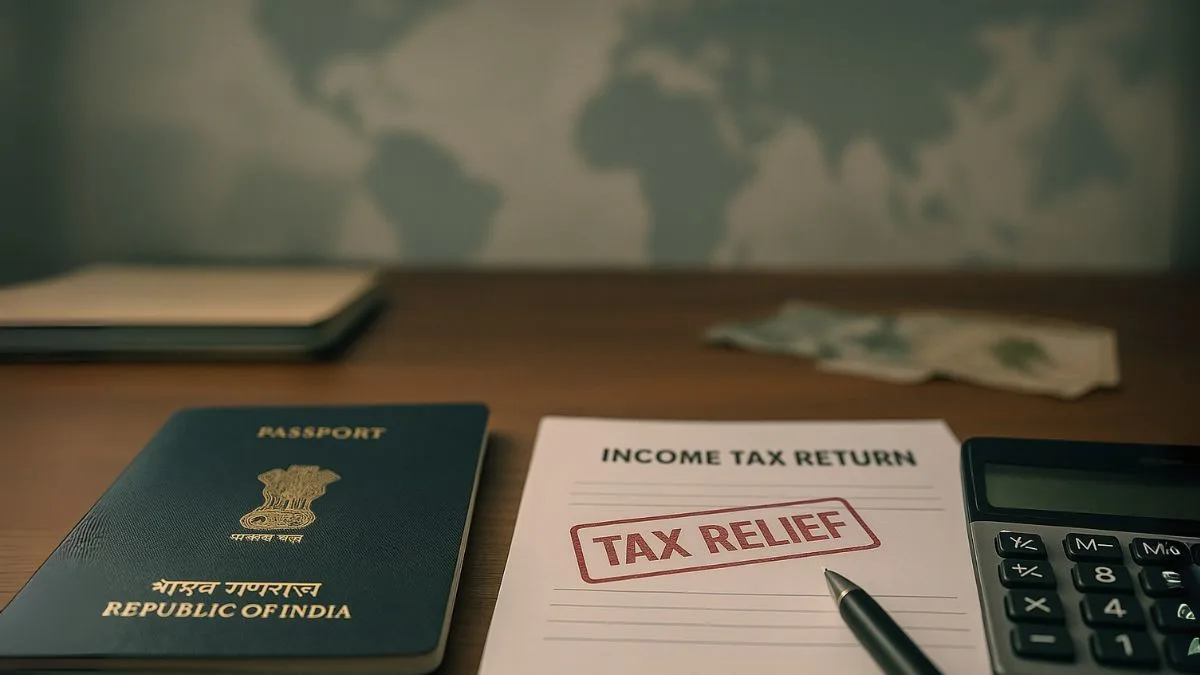
If you’ve ever earned abroad—salary, consultancy, or even just interest—you may have noticed both countries trying to tax you. An Indian resident working in Dubai gets taxed in India for global income, even though UAE already withheld some money.
This isn’t just theory. Last year, one of my clients, an NRI based in Singapore, nearly ended up paying 40% total tax on his consultancy fees. He only escaped because of the DTAA income tax section. Without it, lakhs would have been lost.
First Things First: What is DTAA?
DTAA, or Double Taxation Avoidance Agreement, is a treaty between two countries. Its purpose is clear:
- Stop unfair double taxation.
- Clarify who can tax which income.
- Encourage global trade & movement of professionals.
India has signed DTAA with 90 countries including the US, UK, UAE, Singapore, and Mauritius. For an NRI or a business, DTAA isn’t a luxury—it’s survival.
How Double Taxation Actually Happens
Two tax principles collide here:
- Residence rule → India taxes global income of residents.
- Source rule → The foreign country taxes income earned within its borders.
Put them together, & you have a mess.
👉 Example: An Indian consultant earns ₹10 lakh in the US. The US deducts 10% tax upfront. India, as the resident country, applies 30% tax. Without DTAA, the consultant pays 40% in total. With DTAA, Indian tax is reduced by the 10% already paid in the US.
Sounds simple? Not always. That’s why knowing the provisions matters.
Also Read: The Shield That Stops Double Tax on TDS
Which Sections of the Income Tax Act Cover DTAA?
The law doesn’t just say “don’t worry.” It specifies:
- Section 90 → Relief when India has a DTAA with another country.
- Section 90A → Similar relief for agreements between associations."
- Section 91 → Even if there’s no DTAA, India still gives unilateral relief.
So even if you’re in a country without a treaty, you don’t walk away empty-handed.
Methods of Relief
There are two common approaches under DTAA:
- Exemption method – Income taxed only in one country, exempt in the other.
- Example: Some shipping income.
- Tax credit method – Income taxed in both, but credit is given in the home country.
- India mostly follows this.
As a CA, I see most clients using the credit method, especially for salary & consulting income.
Income Types Usually Covered
Most DTAAs cover:
- Salaries & professional fees
- Interest on deposits/loans
- Dividends
- Royalties & technical fees
- Business profits (if permanent establishment exists)
- Shipping and aviation income
- Sometimes capital gains (varies treaty to treaty)
Tip: Always check the treaty text. Don’t assume.
Also Read: HRA Demystified: A Salary Perk That Doubles as a Tax Shield
How to Claim DTAA Benefits
This is where many people slip. DTAA benefits are not automatic. To claim:
- Get a Tax Residency Certificate (TRC) from the foreign tax authority.
- File Form 10F in India.
- Provide proof of foreign tax paid (withholding tax certificate).
- Ensure you have a valid PAN in India.
Miss any one of these, & relief may be denied.
👉 Example: An NRI in the UAE forgot to file Form 10F. Despite UAE having zero tax, he faced higher TDS in India because paperwork wasn’t complete.
DTAA vs No DTAA
|
Particulars |
With DTAA |
Without DTAA (Sec 91) |
|
Tax Relief |
Exemption/Tax Credit |
Limited unilateral relief |
|
Burden |
Lower |
Higher |
|
Documentation |
TRC, Form 10F, PAN |
Proof of foreign tax |
|
Certainty |
Treaty-based |
Indian law only |
|
Investor Confidence |
High |
Moderate |
Updates in 2025 You Should Know
- India–UAE DTAA (2024) → Added anti-abuse rules. More documents needed for NRIs.
- India–Mauritius (2025) → Stricter capital gains rules; no easy shelter through shell companies.
- India–Singapore → Digital economy services (like ads, cloud, streaming) now covered."
- OECD BEPS standards → India has aligned many treaties for greater transparency.
The message is clear: compliance is tightening.
Common Misconceptions
❌ DTAA exempts all foreign income – Wrong. Only covered categories get relief.
❌ No need to declare foreign income in India – False. You must disclose; DTAA only prevents double tax.
❌ All treaties are the same – Not true. Each treaty has different rates & rules.
Also Read: A Detailed Guide on Bilateral Relief from Double Taxation
FAQs
Q1. Can I choose between DTAA and regular provisions?
Yes. Taxpayers can select whichever is more beneficial.
Q2. How many DTAAs does India have?
Over 90, including USA, UK, UAE, Singapore, Australia.
Q3. Do NRIs automatically get DTAA benefits?
No. TRC Form 10F PAN are mandatory.
Q4. Does DTAA apply to capital gains?
Yes, but treatment varies. Mauritius & Singapore are classic examples with special capital gains provisions.
Why DTAA Matters in Real Life
One of my clients, a doctor working in the UK but with investments in India, was once paying taxes in both places on the same dividends. After applying DTAA, his liability dropped by nearly 25%. That’s not just law—it’s money in your pocket.
For NRIs, consultants, & global firms, DTAA ensures fair play. Without it, cross-border income would become a burden instead of an opportunity.
Conclusion
The DTAA income tax section is one of the most practical safeguards in the Income Tax Act. It gives taxpayers clarity, prevents duplication of tax, and builds confidence in working globally.
👉 Want to know which DTAA provisions apply to you? Visit Callmyca.com today and connect with our experts for simple, actionable advice.

